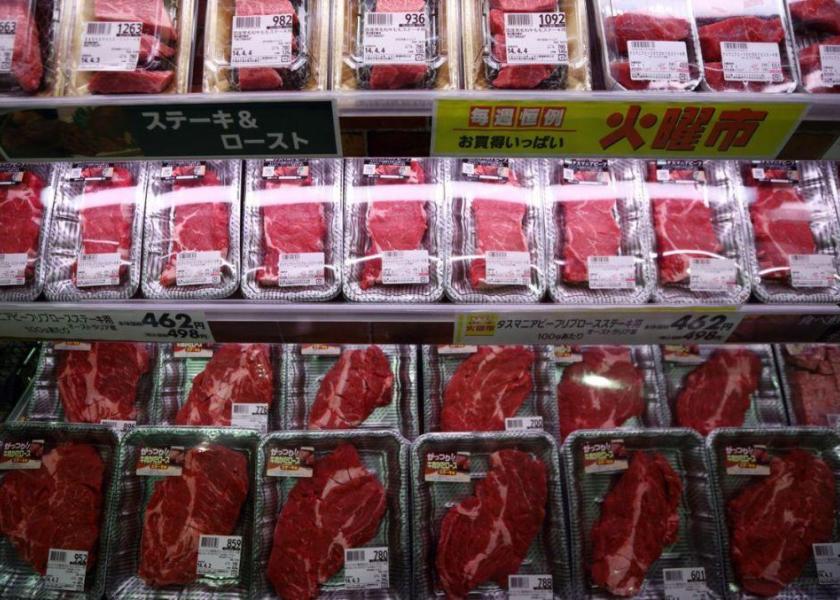Extreme Growth Potential with Indo-Pacific Economic Framework for U.S. Red Meat Exports

Trade talks with key trading partners on the Indo-Pacific Economic Framework are gearing up, and U.S. Meat Export Federation’s assistant vice president of export services Travis Arp has more details on how this might impact U.S. red meat exports.
“Looking at issues like science-based trade, good regulatory practices and transparency with regulations and things that can really open more opportunities for U.S. exporters in a multiple group of sectors,” Arp says will be on the agenda.
Submitting comments on the ‘resilient trade pillar’ of the framework, USMEF explains the economic impacts of the region’s trades.
“In 2021, Japan and South Korea were the largest volume and value markets for U.S. beef, importing a total of 320,737 and 280,143 metric tons (MT) of U.S. beef, respectively; valued at $2.376 billion and $2.382 billion, respectively,” the comments explained. “2021 U.S. pork exports to Japan and Korea were valued at $1.693 billion and $556 million, respectively, making Japan and Korea the second and fifth largest value markets for U.S. pork.”
USMEF’s comments explained that the value of U.S. beef exports to the region increased by 22% from 2020 to 2021, with a 65% in Indonesia alone. Meanwhile, U.S. pork export values increased by 26%, with a 78% increase in the Philippines alone. These statistics show extreme growth when considering the U.S. market share in these areas are relatively low.
As the economic framework is still under construction, Arp believes the goal is to strengthen trade relations with allies in Asia, seeing the region as an opportunity to improve market access and open these markets to U.S. exporters.
“There's an opportunity to address some of these systemic barriers to trade,” Arp says. “Gaining more beef access into markets, like Korea, and creating more opportunities for plants to get approved in markets like Malaysia and Indonesia, then this could potentially pose a significant boost to red meat exports in the future.”
Other framework details include promoting science-based trade rules, establishing regionalization agreements in the event of a foreign animal disease outbreak, such as African swine fever, and tariffs, quotas and import licenses.
Read USMEF’s full comment detail here.







